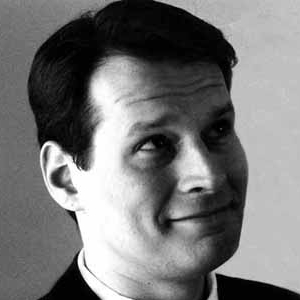Traffic to and from Dublin was particularly difficult last week when the bus drivers went on strike, and while they seem to be running again, their action reminded us how dependent thousands of us in Ireland are on public transportation – Dublin buses, Bus Eireann, trains, Luas and regional bus services.
Only twenty or thirty years ago, public transportation was basically the only transportation for many Irish, as so few people could afford cars – and now that the nation’s economy crashed and had to be bailed out a couple of years ago, it has become many people’s only form of transportation again. Yet if governments become increasingly cash-strapped, they will be less able to buy new buses or replacement parts, much less restore some of Ireland’s once-extensive rail lines. More and more people will need to use the bus, yet the bus might be less frequent and more expensive.
There is another solution, however: during the Celtic Tiger a few wealthy Irish bought SUVs, vans or Hummers for some reason, apparently to seem more like Americans. Such suburban assault vehicles are dubious in the USA, but at least there most people are assured of being able to get them on the road; on Irish roads, which are the approximate width of American supermarket aisles, they look ridiculous. A few of them can function on the Irish landscape, for the few other large vehicles can swerve out of the way delicately, as they do with buses — but roads filled with them on both sides would be disastrous.
Moreover, they receive only half the mileage of 1920 Model Ts, and are not generally used for fording rapids or scaling Alaskan mountains, as in telly adverts, but rather for inching in and out of parking spaces. These vehicles typically have enough room for at least six people, plus enough cargo space, as writer Dave Barry put it, “to pick up something else, such as a herd of bison.” Between the spike in fuel prices a few years ago and the recession today, many SUV owners are trying to rid themselves of these white elephants; look in any Buy-and-Sell section of any newspaper and you will see such vehicles for sale, at plummeting prices.
These two problems could solve each other. the infamous mileage of SUVs and Hummers only results from the empty space in the back; fill it up with passengers and it becomes a very green choice. Local officials could buy them cheaply, or rent them to use to ferry passengers in lieu of bus lines.
Passengers might be the most under-appreciated factor in how much fuel and money you waste. As I write this, for example, a business headline boasts of Toyota’s multi-million-dollar plan to boost fuel efficiency by 25 percent – but any of us can boost the efficiency of our cars by several hundred percent instantly, with no additional expense or technology, simply by getting more people in the car.
If neither the city government nor the populace has money, enterprising officials could make more creative arrangements – say, giving the SUV owner use of a foreclosed property in exchange for the use of the vehicle, rather than forcing the homeless owner to sleep in it. They could agree to co-sign a residents’ mortgage in exchange for permission to use the vehicle.
SUVs have several advantages over regular buses; for one thing, they would be more comfortable. Their ability to handle rough terrain might turn out a blessing after all, as they can continue to drive over roads in disrepair — as our roads might increasingly be. More importantly, since they only take eight or nine passengers at a time, they can be economical in small towns and in the country, driving routes that cannot afford 80-seat buses. Bus routes could actually be expanded in places, allowing otherwise marooned residents easy access to jobs, hospitals and food markets.
They can also vary their routes slightly to pick up passengers at home or a short walk away if needed, responding to phone calls for assistance. If a country-dweller needs to get to town and has the SUV driver’s mobile number, for example, they could ask the driver to vary their route slightly rather than walking miles to the nearest pickup point, without unduly inconveniencing other waiting passengers – an important detail for elderly and the handicapped.
Cash-strapped cities could also require drivers to supply their own SUV and fuel, compensating them by letting them keep riders’ fares, and freeing the local government from financial burden. If this sounds suspiciously like a taxi, it is – just a taxi that runs regular routes. Put another way, it could combine the security of bus lines with the flexibility of taxis and the social advantages of carpooling.
The modern system of everyone having their own personal high-speed vehicle will turn out to be a brief and bizarre moment in history, but people will still need to travel. Too many local people, though, think only of their own situation – not realising that thousands of others are in the same boat and that, together, they could do something about it.
Photo: A double-decker bus and horse carriage in downtown Dublin. Parts of this article were published previously in 2009. Originally published in the Kildare Nationalist newspaper.







